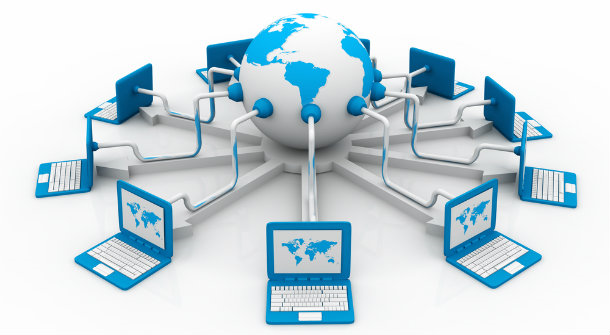Data Communication Component
Data Communication Component
The transmitter sends the message and the receiver receives the message. The medium is the channel over which the message is sent and the protocol is the set of rules that guides how the data is transmitted from encoding to decoding. The message of course is central to all the components. The message is the data that is being communicated.
The following are the basic components for working of a communication system :
1. Transmitter
2. Receiver
3. Medium
4. Message
5. Protocol

Data Communication Component
Transmitter
The transmitter is the device that sends the message. It can be a computer, workstation, telephone handset, video camera, and so on.
Receiver
The receiver is the device that receives the message. It can be a computer, workstation, telephone handset, television, and so on.
Medium
The transmission medium is the physical path by which a message travels from sender to receiver. It can consist of twisted pair wire, coaxial cable, fiber-optic cable, laser or radio waves (terrestrial or satellite microwave).
Message
The message is the transmission (data) to be communicated. It can consist of text, number, pictures, sound, or video or any combination of these.
Protocol
A protocol is a set of rules that governs data communication. It represents an agreement between the communicating devices. Without a protocol, two devices may be connected but not communicating, just as a person speaking German cannot be understood by a person who speaks only Japanese.
